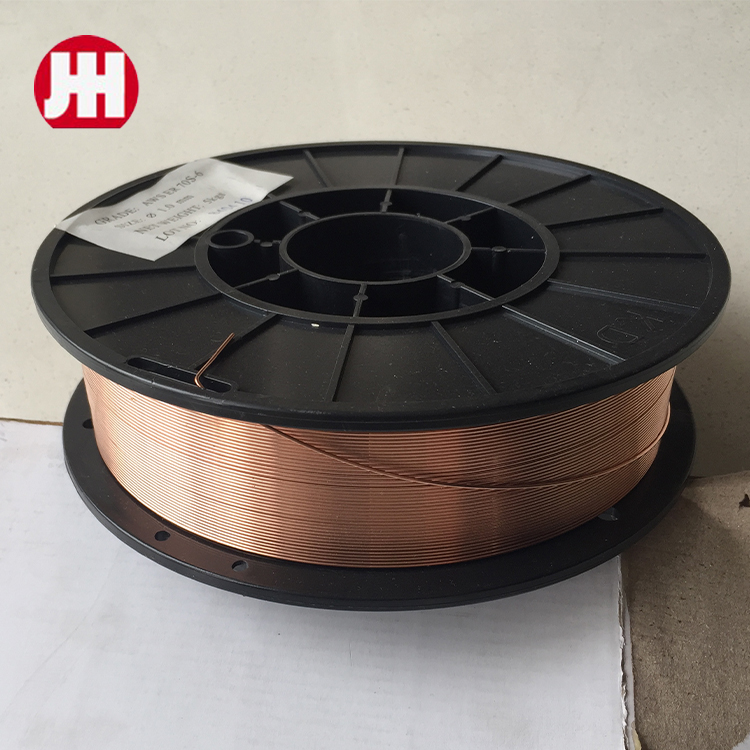Understanding the Features and Applications of E6010 Welding Electrode in Welding Techniques
Understanding E6010 Welding Electrode A Comprehensive Overview
Welding is an essential fabrication process used in various industries, ranging from construction to manufacturing. Within the realm of welding, the choice of electrode plays a critical role in determining the quality and efficiency of the weld. One such electrode widely recognized by welders is the E6010 welding electrode. This article delves into the characteristics, applications, advantages, and essential tips for using E6010 electrodes effectively.
What is E6010 Welding Electrode?
The E6010 electrode is a type of stick electrode utilized in shielded metal arc welding (SMAW). The E in E6010 signifies that it is an electrode, while 60 indicates the minimum tensile strength of 60,000 psi that the weld metal can withstand. The 1 indicates the position in which the electrode can be used, and the 0 signifies that it is suitable for alternating current (AC) or direct current (DC) welding processes.
Characteristics of E6010 Electrodes
E6010 electrodes are known for their deep penetration capabilities and fast freeze characteristics. These properties are primarily due to their high cellulose sodium coating, which generates a gas shield during the welding process. This shielding protects the molten weld pool from atmospheric contamination, resulting in strong and reliable welds.
Another defining feature of E6010 is its ability to perform well on dirty or rusty surfaces. This makes it a popular choice for maintaining farm equipment, pipelines, and other repairs where clean surfaces are not always achievable.
Applications of E6010 Electrodes
E6010 electrodes are predominantly used in industries where strong, reliable welds are critical. They are especially effective for
1. Pipe Welding E6010 electrodes excel in pipeline work, including underground pipelines and structural steelwork, where root passes are essential. 2. Maintenance and Repair Given their capability to weld on contaminated surfaces, they are often used for repairs on construction and agricultural equipment.
3. Fabrication Welders frequently use E6010 in the fabrication of steel structures, as it provides robustness in the joints that carry significant loads.
e6010 welding electrode

Advantages of E6010 Electrodes
One of the main advantages of E6010 electrodes is their strong welds and excellent penetration. This feature is crucial for critical applications where structural integrity is a priority. Additionally, the versatility of E6010 to be used with both AC and DC power sources allows for greater flexibility in various welding environments.
E6010 electrodes are also relatively easy to handle, making them ideal for both novice and experienced welders. The quick freeze property allows for vertical and overhead welding, expanding the range of applications even further.
Tips for Using E6010 Electrodes Effectively
To make the most of E6010 electrodes, consider the following tips
1. Choose the Right Amperage The amperage settings should be adjusted according to the electrode diameter and material thickness. Typically, a setting between 70 to 120 amps is recommended for optimal performance.
2. Maintain Proper Arc Length A short arc length is essential for stable arc performance. A distance of about 1/16 to 1/8 inch is generally recommended.
3. Clean the Work Surface While E6010 can handle impurities, minimizing contaminants will enhance weld quality. Degrease surfaces when possible and scrape off rust and grime.
4. Practice Consistent Travel Speed Maintaining a consistent travel speed helps in achieving uniform bead appearance and strength.
5. Employ Proper Techniques Techniques such as weaving or stringer beads can be applied based on the joint configuration and position being welded.
Conclusion
In conclusion, the E6010 welding electrode is a versatile and powerful tool favored by welders across various industries. Its deep penetration, fast freeze capabilities, and effectiveness on contaminated surfaces make it an ideal choice for many applications. By understanding its characteristics, applications, and best practices for use, welders can ensure high-quality outcomes in their welding projects. Whether for maintenance, repair, or new fabrication, mastering the E6010 electrode is essential for achieving durable and reliable welds.
-
E316L Welding Rod: Premium 316L Stainless Steel WeldsNewsAug.11,2025
-
Premium SG2 Welding Wire | High-Quality MIG/MAG for SteelNewsAug.10,2025
-
E309 Welding Electrode: Premium Stainless Steel Stick RodsNewsAug.09,2025
-
Premium Solid MIG Wire for Strong, Reliable WeldsNewsAug.08,2025
-
E6010 Cellulose Electrode: Deep Penetration Steel Welding RodNewsAug.07,2025
-
Premium E316L Welding Rod for 316L Stainless SteelNewsAug.06,2025


